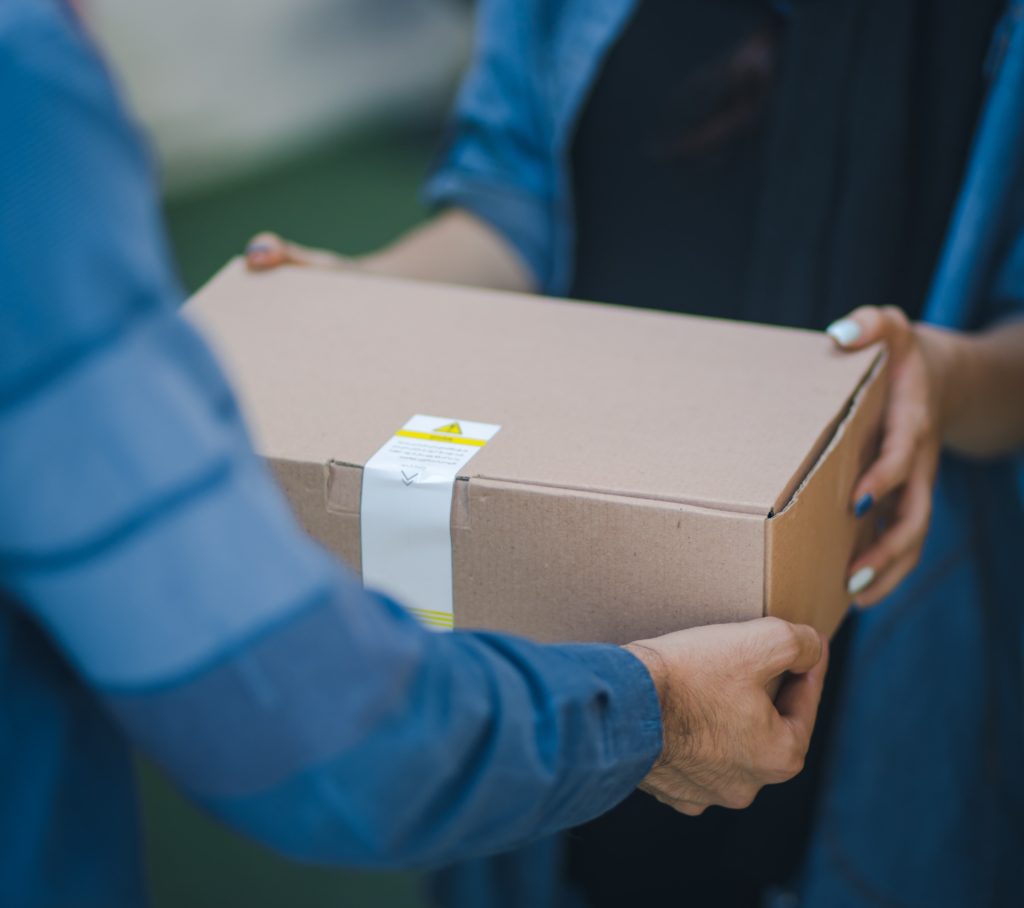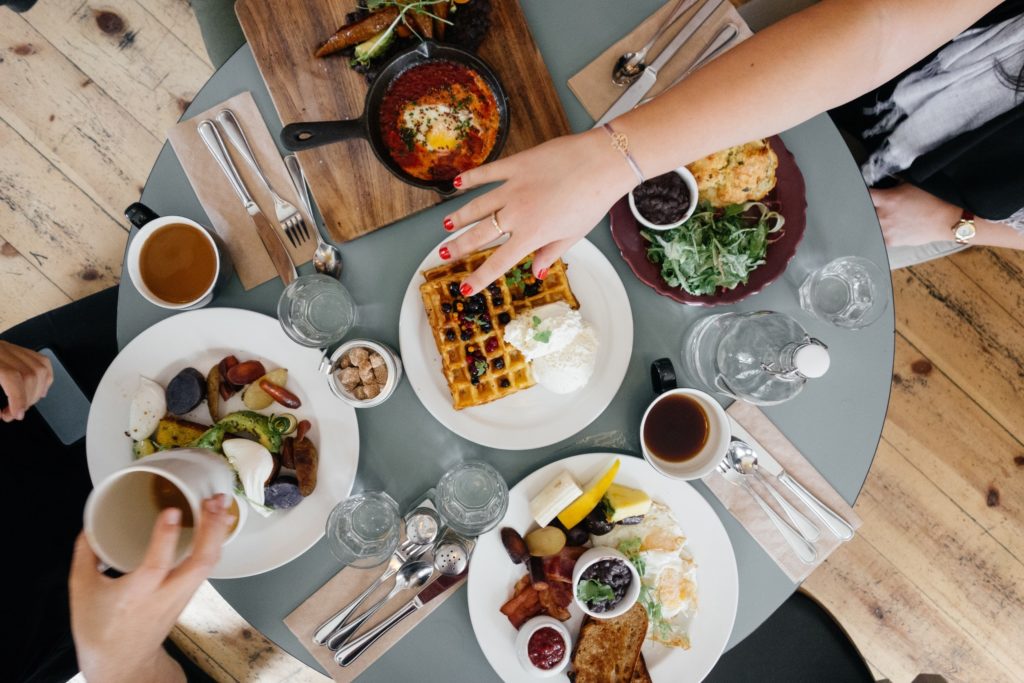
Summary
Abiding by guidelines to stay-at-home and minimize close public contact, consumers are opting to avoid physical store visits and instead shop online.
In markets where grocery e-commerce demand has historically lagged, grocery retailers have chosen not to make significant investments in e-commerce capability. In this crisis, however, these markets are seeing first-time shoppers sign up for online delivery, and offline grocery retailers are scrambling to handle more orders via telephone or online.
Even in the US, where e-commerce infrastructure is well established and online grocery delivery is fairly commonplace, e-commerce giants such as Amazon are being pushed to the breaking point of fulfillment and delivery capacity and capability, and are deploying new strategies on the fly to manage both the demand and supply sides of the equation.
Advantage Perspective
In reviewing some of the measures being taken by retailers across the globe to meet the surge in demand for online grocery, we have identified three broad strategies that some are pursuing.
1. Demand Management: Placing a freeze on accepting new customers, and prioritizing orders for essential grocery items over non-discretionary categories such as apparel and consumer electronics
2. Promoting and encouraging “click and collect” over home delivery
3. Resourcing: Hiring additional staff and re-allocating and re-assigning offline staff into warehouse and distribution centres, and order fulfillment functions
Demand Management
Amazon has enacted several measures to try and cope with the new demand. As a starting point, it has announced that in the US, as of April 13th, newly registering customers will be put on a waitlist as the e-commerce giant attempts to add new capacity each week.
Amazon has been delaying the delivery of non-essential items in many markets where it operates as it places a slowdown on new inventory shipments in categories such as apparel and consumer electronics. In markets such as Italy and France, it has not been accepting any orders at all for some non-essential categories.
Omnichannel retailer Waitrose in the UK, to ensure that the most needed products reach the most deserving of its customer base, reserves 25% of products allocated for home delivery for the elderly and other vulnerable consumers who face stricter self-isolation requirements.
“Click & Collect”
Following a $13.7bn acquisition in 2017, Amazon in the US operates 487 Whole Foods stores under its portfolio.
As a measure aimed at offloading some burden on its stretched delivery capacity, the number of Whole Foods store locations offering online grocery pickup has been expanded from 80 to 150 in recent weeks. Customers are encouraged to collect their items on-premise and are assured that available pick-up windows will be more immediate than the estimated home delivery time committed for the same order.
In Canada, Loblaws, the country’s largest supermarket chain, is considering closing some stores to customers, converting them into fulfilment centres for online orders and curbside pickups.
Resourcing
In the US, shopping hours at some Amazon-owned Whole Foods stores are being shortened so that in-store employees can instead focus their efforts on fulfilling online orders from existing customers. The company is also offering higher pay to motivate warehouse staff to work for its grocery delivery service instead of in the warehouse.
In India, a market where e-grocery is nascent, Flipkart, a Walmart-owned e-commerce player has announced that it will be hiring for 4,000 new roles as it expands its grocery delivery capacity from five to 300 cities. Historically, FMCG sales accounted for 3-4% of the e-retailers sales, a figure that industry analysts expect to rise given the ongoing investments in its food delivery footprint.
Sources
- Online buying soars as coronavirus spreads around the world
- Carrefour Brasil’s e-commerce surges, but coronavirus costs curb gains
- Numerator Canada: The Impact of Coronavirus (COVID-19) on Canadian Consumer Behaviour
- The Coronavirus Will Cause a Lasting Step Change in Grocery Ecommerce
- Amazon stops accepting new online grocery customers amid surging demand
Supporting Article
Restaurants Go Grocery During the Pandemic

Summary
COVID-19 will go down in history as a marker of change in the world. The pandemic effect has hit virtually every individual and enterprise creating a turbulence that is displacing current business practices and structures and scripting retailer and supplier playbooks in real-time. As one large US retailer puts it, “We are rewriting the playbook and we are changing the rules and our path day-to-day.” This includes yet another segment of the food business: full-service restaurants who are now offering grocery service to their customers. This further stirs the proverbial pot and adds new complexity to pandemic adaptations.
Restaurants have been ordered closed for sit-down guests everywhere. Struggling to make rent payments, payroll and ultimately, to fight for survival – some outlets have shuttered, and others have boldly tried to grab a share of wallet to close gaps in revenue and avoid closing shop entirely. Many have tried take-out or delivery options, but these can be expensive and rely on third party services. Menus for some may also require full re-creation to maintain their integrity from restaurant kitchen to home table.
Enter: ‘Restaurants as Grocers’. Savvy restaurant groups and independent restauranteurs are leveraging their resources to stay afloat and to support consumers in their local communities. Restaurants typically buy in bulk from wholesalers and receive goods multiple times a week at vastly reduced prices from retail. Recognizing the need for food staples as grocery content on shelves thin, restaurants have used their own supply chains to purchase inventory that consumers need and have opened their doors and parking lots as grocers, either walk-in or on-line; and consumers are finding them.
Restaurants, through their distributors can access food and other essentials like toilet paper, paper towels and cleaning supplies that are out of stock in traditional grocers. This new channel of business is relieving some of the pressure from the traditional grocery channel and supports the wholesalers who have surplus stock due to halted commercial activity (e.g. restaurants, bars, sports venues, workplaces, schools, etc.). Restaurants are creating some new niches, such as selling meal kits and grocery bags full of basic staples like butter, cheese, bread and potatoes, while others are offering the ingredients to their own recipes to make meals. Still, others offer whatever surplus they have on hand to avoid food waste, or that they can order from their distributors to fill gaps in consumer needs.
Advantage Perspective
One cannot be sure how this new channel will take shape as the threat of Coronavirus subsides but one thing is for sure, their do or die attitude is firing up restaurant staffs and kitchens and they are helping consumers on the brink as they fight to put food and other essentials into their pantries during the pandemic. Ultimately, as the dust settles, restaurants will likely find a niche in the ‘new normal’.
Sources
- Restaurants are transforming into grocery stores because of coronavirus
- Local restaurant adds grocery delivery service
- US restaurants turn to grocery sales to help offset losses
- Coronavirus: Toronto Cocktail bar converts to online grocery store
- Closures, takeout, and relief efforts: How food business nationwide are handling coronavirus
- Local restaurants also have morphed into makeshift food marts, selling everything from groceries to hand sanitizer
- Leon: Fast food chain turns its restaurants into shops
- A pound of flour to go? Restaurants are selling groceries now





